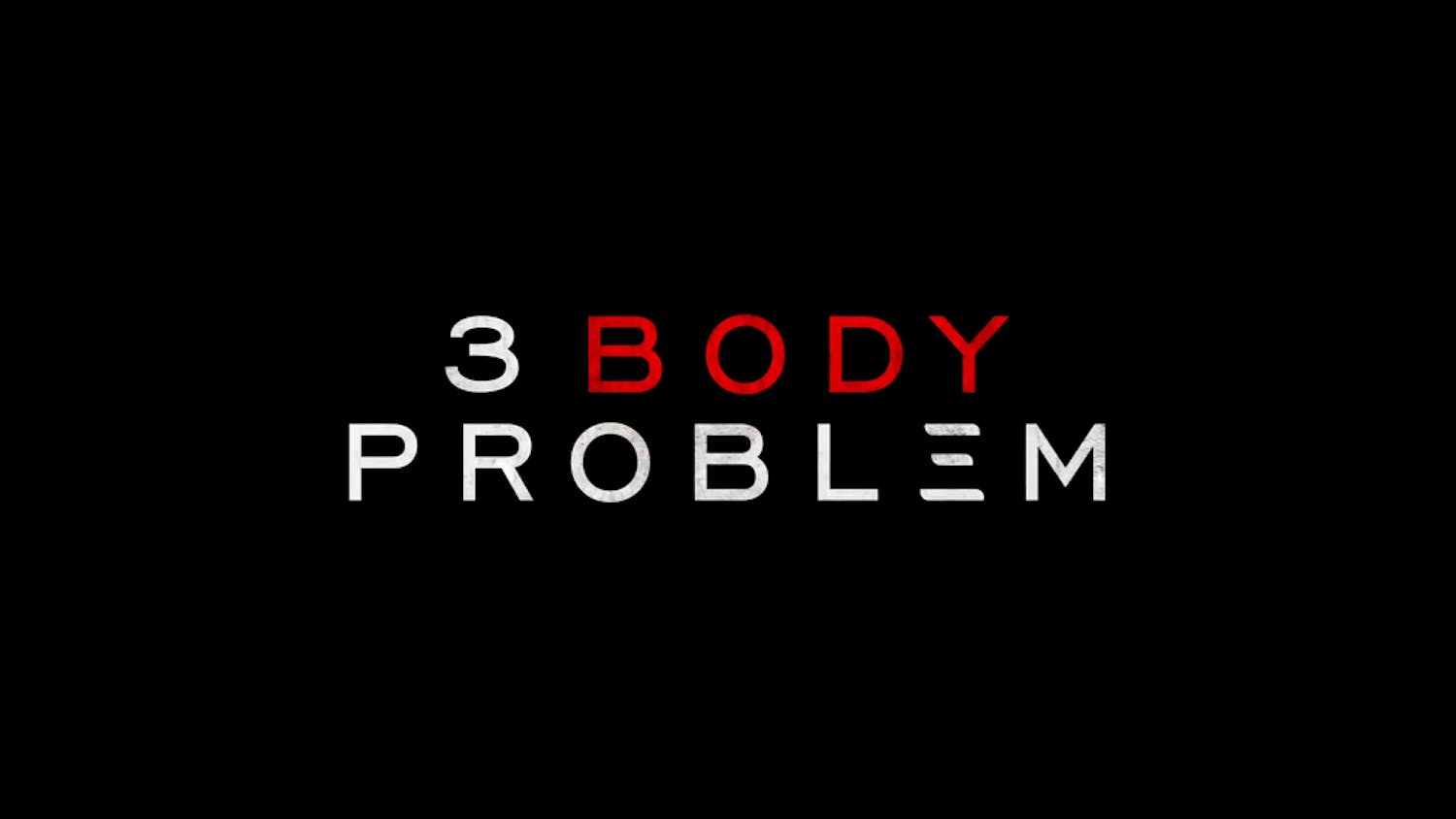The following is from a roundtable interview the Tufts Daily attended and participated in with Derek Cianfrance, writer and director of “The Place Beyond the Pines.”
Question: Ryan Gosling shrieks in this movie. When you heard that for the first time, were you unbelievably excited?
Derek Cianfrance: Here’s what happened — I’m always trying to find this collision, right between real life and fantasy. I’m always trying to take actors and kind of drop them into this aquarium of life and see how they swim. There’s real cops this in movie working with Bradley Cooper, real or retired judges on the stand. I can’t teach somebody how to be a judge, but I figure they can teach me. My concept was, I would put all real tellers who had been robbed before, and all people who had been in bank robberies before. So we take the first take, and Ryan came in, and no one was scared. Everyone was just relieved that it was Ryan Gosling robbing them instead of a real guy, so we didn’t get the reaction we were looking for. They were just taking their cell phones, taking pictures of him. I told him, “ If the guns [are] not scaring them, you better scare them.” All 15 takes, he just kept trying harder and harder, and by the end he was just so desperate, he was screaming at them and his voice was cracking, and they were scared. It didn’t happen the way I thought it was going to happen. His performance got so much more interesting because of this desperation of him as an actor.
Q: What did your documentary background bring into the film?
DC: I want to be surprised when I watch a movie. When I see “Pirates of the Caribbean” (2003, 2006, 2007, 2011), I know I’m never going to be surprised. I know that no matter what, Johnny Depp’s never going to be in any real danger. He’s not going to get stabbed. I want to see movies where something is actually happening, I want to see actually life on the screen. That’s why I love documentary films, anything can happen, anything can break at any time.
Q: In terms of production, you had a lot more takes than with “Blue Valentine” (2010). Did you find production to be smoother on this?
DC: Well, I had 47 days on this; “Blue Valentine” was 23. I tend to, in the edit, choose the first takes or the last takes. In “Blue Valentine,” the shower scene with Michelle [Williams] and Ryan, we shot that for two days. Because on the first day, they were like naked and cute and giggly. But by the eighth hour of the second day, they wanted to get out, but they had to stay in there. It’s the Stanley Kubrick thing, that model of experience. This is the same way. There’s a scene where they’re supposed to count money. Then all of a sudden Ryan’s playing Bruce Springsteen, and there’s all these little dogs, because I told him he should have a junkyard dog but he thought the little dogs would work better. Sometimes it just happens.
Q: Did Springsteen allow that?
DC: Well, we shot it with the music. So I wrote to Springsteen, and I said you know, I’ve always loved your music, I’ve always loved to make films like your songs, just about regular people struggling to fall in love or make ends meet, human stories. I sent him the scene, sent him the screen, and he said yes.
Q: The first scene, was that all one take? How did you make sure nobody messed up?
DC: The three biggest challenges of that scene {were that] we can’t have anyone look at the camera because it keeps unfolding. Well, I wanted to do long takes at the beginning of the movie, and long takes throughout the film. I feel like there’s a truthfulness in the unbroken take, in the not cutting. And we were looking at the scale of this movie and we realized that we should start it out with this long, unbroken take, and we came up with this shot. So the trick was to have people not look in the camera. I don’t know how we did it but we did. The next hardest part was, there’s 22 people in America that can do this globe of death trick, and Ryan Gosling is not one of them. We had to do a Texas switch, which is in there. The third thing is my cinematographer, who was a war photographer, insisted that we go to the center of that cage. And, well, he ended up in the hospital with a concussion.






